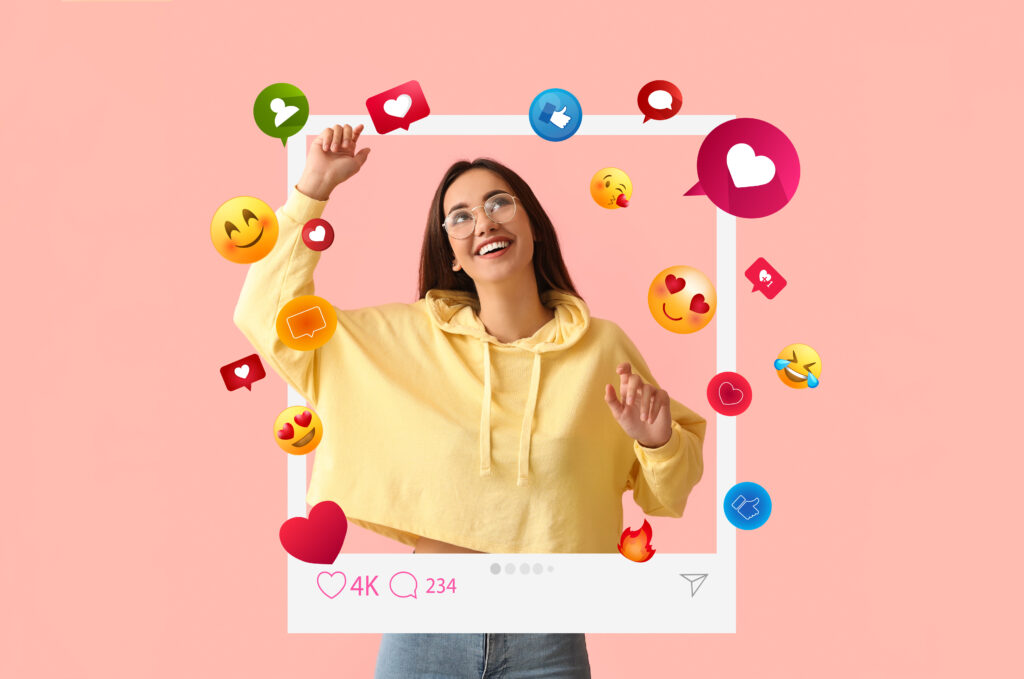
Leveraging New Media Marketing: Insights for a Stronger Digital Strategy
The New Media Marketing (NMM) course has provided valuable insights into how organizations leverage social media, influencer outreach, and content marketing to enhance their brand and engage their target audience. One of the most impactful takeaways from this course was understanding how brand ambassador and influencer programs contribute to a brand’s success—not just through reach, but through authentic engagement and trust-building. Unlike traditional digital advertising, these strategies rely on fostering genuine audience connections, which aligns well with modern consumer behavior.
A key lesson I’ve taken from this course is how businesses strategically identify and engage influencers based on factors beyond just their follower count. Learning about the differences between micro, macro, and celebrity influencers helped me realize that engagement levels and audience alignment are often more valuable than sheer reach (Handley, 2020). This knowledge has influenced how I plan to integrate ambassador programs and influencer collaborations into future digital marketing campaigns.
Additionally, the course expanded on content marketing strategies, particularly how different types of media—such as video, blog posts, and social media content—can be optimized for maximum engagement. Understanding how brands tailor their messaging across various platforms has given me a more refined perspective on multi-channel marketing approaches.
"Successful digital marketing isn’t just about visibility—it’s about creating authentic engagement, leveraging storytelling, and building meaningful connections with your audience."

Additionally, the course expanded on content marketing strategies, particularly how different types of media—such as video, blog posts, and social media content—can be optimized for maximum engagement. Understanding how brands tailor their messaging across various platforms has given me a more refined perspective on multi-channel marketing approaches.
While mobile marketing integration was not a primary focus of the course, social media engagement is inherently mobile-driven. Platforms like Instagram, LinkedIn, and TikTok see most of their traffic from mobile users, making mobile optimization an essential consideration for any new media strategy. As I develop my final project’s digital marketing strategy, I will consider how mobile user behavior impacts engagement, particularly in social media campaigns and ambassador-driven content.
This course has provided a strong foundation for structuring digital marketing strategies that align with broader business goals. One of the key takeaways I will apply to my final project is the integration of new media platforms and social engagement tactics to enhance brand visibility and consumer interaction. Additionally, I now recognize the importance of experiential storytelling in digital marketing, ensuring that content across social media, blogs, and video platforms is not just promotional but actively engages audiences in meaningful ways. Moving forward, I want to deepen my understanding of customer segmentation and personalization to refine my approach to targeted messaging. By doing so, I can ensure that each component of my digital marketing plan—whether it’s content marketing, influencer collaborations, or mobile strategies—works cohesively to create a seamless brand experience.
References
Handley, A. (2020). Content Rules: How to Create Killer Blogs, Podcasts, Videos, Ebooks, Webinars (and More) That Engage Customers and Ignite Your Business. Wiley.

